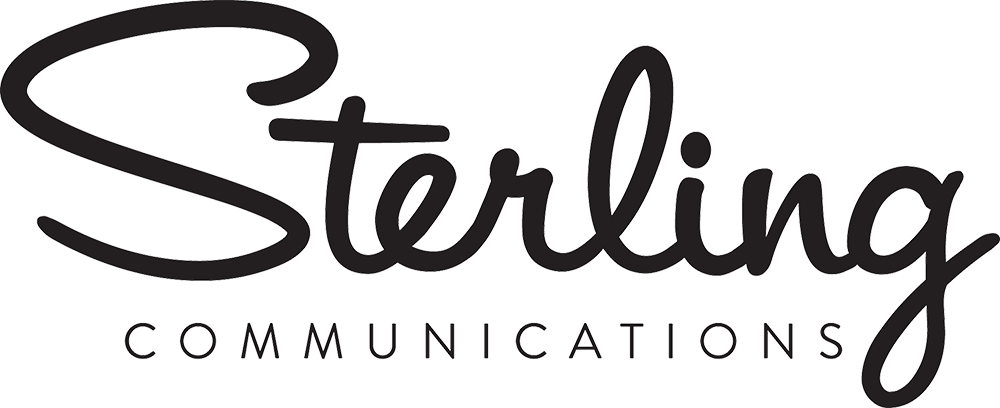In my previous article about survey development, I described some issues relating to survey participant pool sizes and tips for developing better questionnaires to lead to more media friendly and attention-grabbing data points for public relations.
Common questions I get from clients tend toward: “Do I have to pay for a survey company? Can’t we just do our own using our own lists? Or do it on social media?” Yes, you can use a cost-effective tool like Survey Monkey if the goal of your survey is to get some fun facts. But if you are surveying your existing lists of customers, partners, and prospects — or doing a simple Twitter poll — the audience is not representative. The media won’t find your survey credible.
“Surveys based on self-selected volunteers, such as opt-in online polls, do not have a grounded statistical tie to the population. Estimates from self-selected volunteers are subject to unknown errors that cannot be measured,” said the American Association for Public Opinion Research about what it calls a “credibility interval.” If you want your research to be taken seriously by mainstream media, you need a serious survey partner — professional reporters will ask the source of your data and the margin of sampling error.
Paying for what you get
Consider working with a reputable research partner that is an expert in conducting surveys. A few that Sterling Communications clients have worked with — or that have been recommended by other public relations professionals — include these U.S. and U.K.-based firms (listed in alphabetical order): Audience Audit, Cite Research, Dimensional Research, Harris Poll, OnePoll, Qualtrics, Researchscape International, Sapio Research, Toluna, Uncover Research, Vitreous World, and Wakefield Research.
Some of these companies are full-service research vendors that will help you develop the survey questionnaire, identify and recruit the participants, tabulate results, provide reports and charts and graphics in varying detail, and even assemble pitch guides for use with media. Others may focus more on just the surveying steps and data analysis. If you have your own resources for design and media relations who are already expert at your branding and messaging, then you might opt for cost-effective options that will allow you to cherry-pick the stages of the process for which you need support.
If you have deep pockets, you can also commission surveys from respected analyst firms such as Gartner, IDC, Forrester, and Frost & Sullivan; or from a customer publishing house like MIT Technology Review Insights. Their logo will give your survey project the burnished patina of serious qualitative and/or quantitative research. However, they are also highly protective of their brand reputation, so will have more restrictions over how you promote the research.
Doing survey development right
Survey projects require planning and a great deal of thought to ensure you get a useful outcome. “Garbage in, garbage out” really does apply.
Don’t forget to get buy-in from senior management, as you want someone to act as survey spokesperson for follow-on public relations activities. If you don’t have their support, then they won’t be excited to tout the survey’s output at conferences, in podcasts, and throughout the company’s marketing content.
Happy surveying!
If you’d like more help in developing a survey or you have exciting research to promote to the media, send us an email at go@sterlingpr.com.

